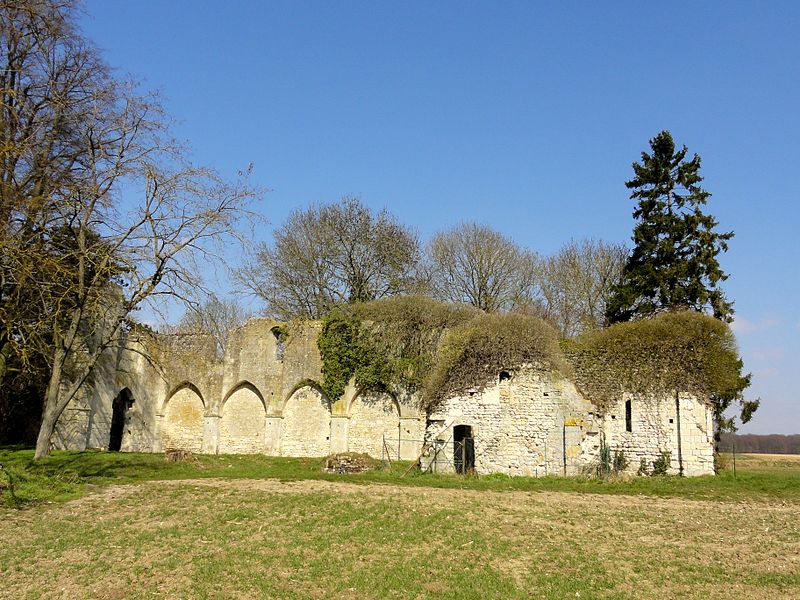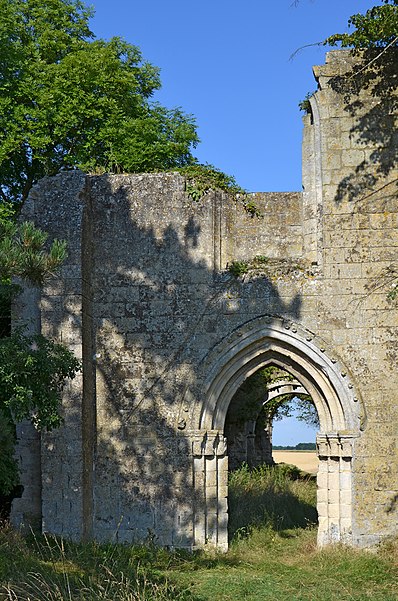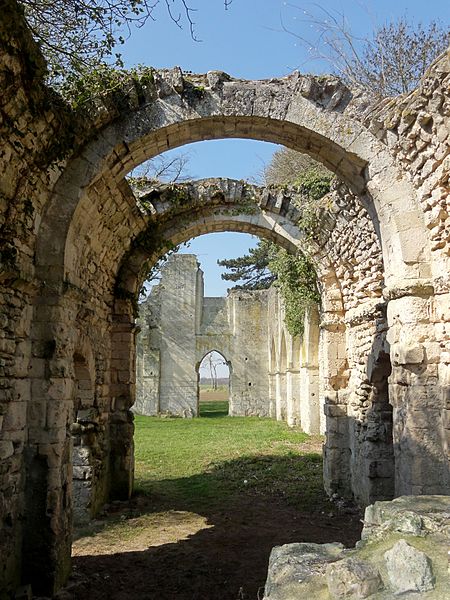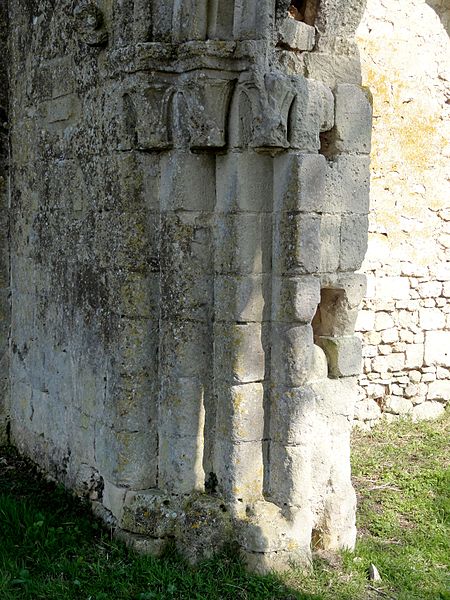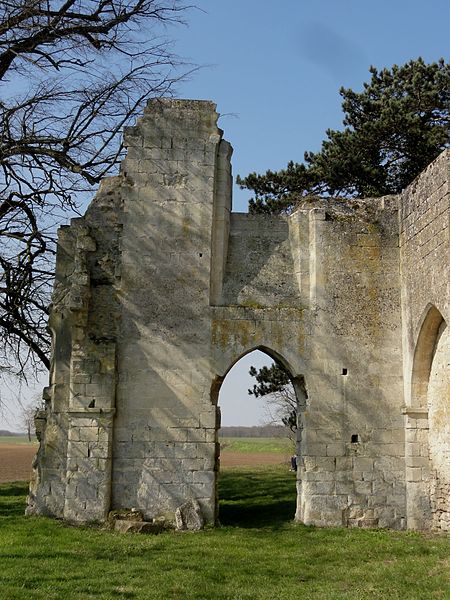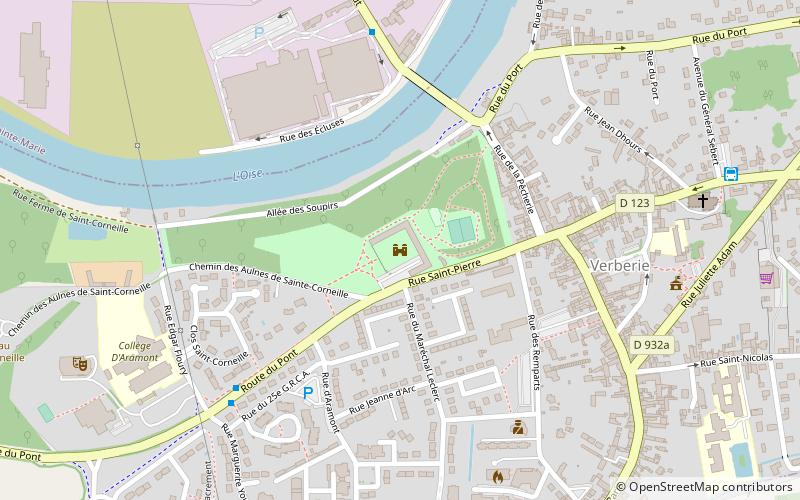Église Notre-Dame-de-la-Nativité et Saint-Jacques
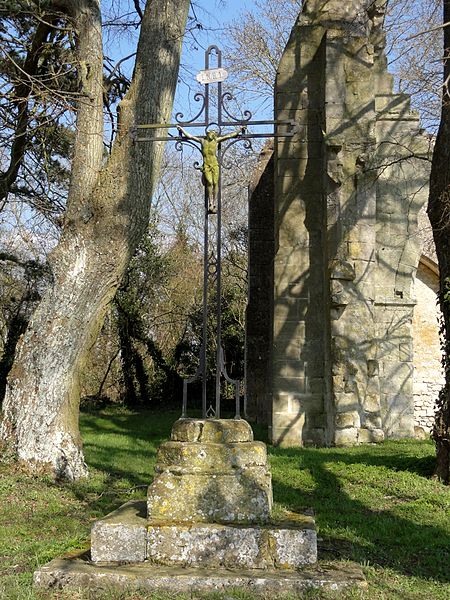
Facts and practical information
The Church of Notre-Dame-de-la-Nativité and Saint-Jacques de Champlieu is a former Catholic parish church located in Orrouy, France. It is known locally as the Romanesque chapel of Champlieu. The origins of what should rather be called a church remain in the shadows. It could accommodate between 620 and 640 worshippers, and archaeological excavations have shown that it replaces a building from the Carolingian period that was at least as large, if not larger: located on one of the roads to Compostela that merged with the Brunehaut road, Champlieu must have been of some importance until the road was abandoned. In the Middle Ages, during a period impossible to specify, the church belonged to the Benedictine abbey of Saint-Crespin-le-Grand of Soissons. It was dedicated to Notre-Dame-de-la-Nativité and a priory was associated with it. In the 16th century at the latest, the church and the priory depended on the priory of Saint-Thibaut. After several fires, this priory with its dependence of Champlieu are given to the convent of the English Benedictines of Paris at the beginning of the XVIIth century. The English encourage the Marian cult, and the pilgrimage to Champlieu gains a certain importance. The priory was disused well before the French Revolution, and following the departure of the Benedictines to their mother house, the church appears in documents only under the name of Saint-Jacques, to whom a chapel had always been dedicated in the church. It continued to be served by a curate, with an interruption during the revolutionary period, but was only closed to worship in 1808 by decision of the municipal council, because of its poor condition. A lightning strike destroyed the building in 1814. The oldest known iconographic representation of the church dates from 1842 and shows it already in its current state. It consisted of an unvaulted nave of five bays initially accompanied by aisles, of which only the west and north walls of the nave remain standing; a transept whose crosses communicated with the crossing by rather low semicircular arches; and a choir with a flat chevet of only one bay. The transept and the choir form a homogeneous whole that can be dated back to the end of the 10th century. The barrel vaulting dates back to the last third of the 11th century. Only the beginnings of the vaults remain today. A large window was made in the wall of the chevet in the 15th or 16th century, but the narrow Romanesque bays remain elsewhere in the transept and in the north and south of the choir. The nave dates from the second half of the twelfth century, with a tiers-point portal with a triple archivolt from the end of the twelfth or beginning of the thirteenth century, and large arcades also in tiers-point resting on square pillars, on which are aligned the four high windows to the north. The abandonment of the north aisle dates back to the 14th or 15th century. The ruin of the church was classified as a historical monument by decree of March 8, 1923.
Hauts-de-France
Église Notre-Dame-de-la-Nativité et Saint-Jacques – popular in the area (distance from the attraction)
Nearby attractions include: Château d'Orrouy, Château d'Aramont, Forest of Compiègne, Priory of Saint-Arnoul.


